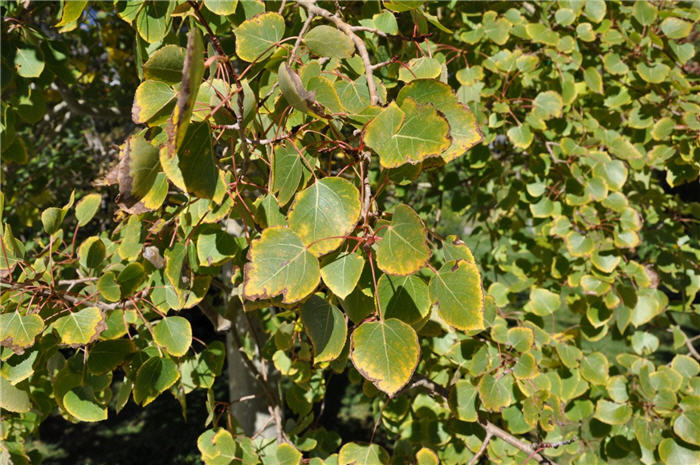| Botanical Name: Betula occidentalis | |
| Common Name: Western Water Birch |

-
Anatomy
-
Culture
-
Design
Plant Type
Tree, Shrub
Height Range
12-25', 25-40'
Flower Color
Violet
Flower Season
Spring
Leaf Color
Green, Dark Green
Bark Color
Brown, Red
Fruit Color
Brown
Fruit Season
Summer, Fall, Persistent
Sun
Full, Half
Water
High, Extra in Summer
Growth Rate
Moderate, Slow
Soil Type
Sandy, Clay, Loam, Rocky
Soil Condition
Average, Rich, Well-drained, Moist
Soil pH
Neutral, Basic
Adverse Factors
n/a
Design Styles
Meadow, Ranch, Native Garden, Woodland
Accenting Features
Fall Color, Multi-trunk Tree, Silhouette
Seasonal Interest
Winter, Summer, Fall
Location Uses
Background, Shrub Border, Lawn, Patio, Walls / Fences
Special Uses
Erosion Control, Hedge, Screen, Shade Tree
Attracts Wildlife
Butterflies
Information by: Stephanie Duer
Photographer:
Photographer:
-
Description
-
Notes
Western Water Birch is a small tree or shrub, growing 20 to 30 feet tall and 15 to 20 feet wide. It tends to grow as a clump with upright, ascending branches. Leaves are oval, sharply pointed, prominently veined, and dark green. Fall color is yellow to orange. Spring catkins and small cone-like fruits mature in the fall and persist into winter, providing interest and forage for birds. Bark is smooth, reddish brown, with thin, cream lenticels (rather like a cherry tree). A Utah native.
Grow in sun to part shade, in well drained to wet soils. Clay-loam to rocky-loam soils. Will tolerate alkaline soils to 7.0 pH. Though having a higher water need than many of the trees in this database, Western Water birch is a lovely tree, well suited to our riparian corridor areas, though it ought to manage well is situated next to a lawn where it can benefit from the extra moisture. Not suited to very hot, dry sites. More borer-resistant than other birches. A Utah native, it is found in riparian areas.